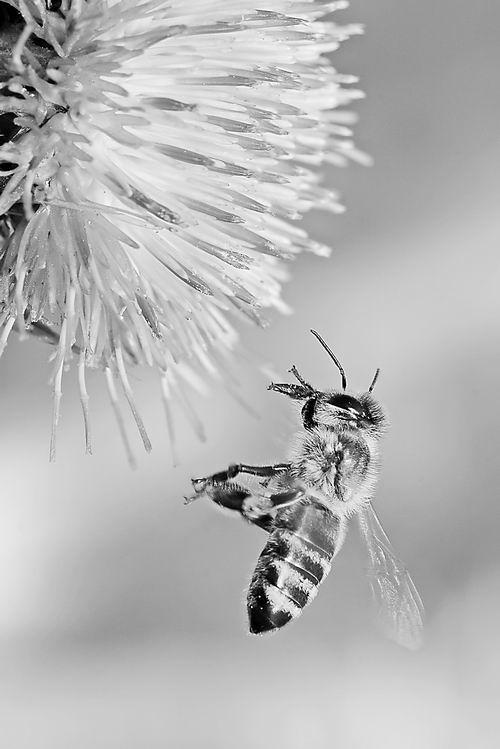PLOS ONE:蜜蜂之舞寓意深远

蜜蜂摇摆舞暗含“救命”鲜花种植时间。图片来源:en.wikipedia.org
在一个地理范围内添加更多鲜花是帮助境况不佳的蜜蜂种群的一种方法,但是应该在什么时候种下这些花呢?
要回答这个问题,研究人员花费2年时间悄悄观察了超过5000次的蜜蜂摇摆舞:高速视频显示舞蹈的持续时间和方向分别指明哪里有花,以及距离多远。
夏季摇摆舞的持续时间最长,研究人员在刊登于《公共科学图书馆—综合》的报告中指出,这表明蜜蜂会在这个季节里飞行最远的距离去找寻食物。这意味着觅食距离从春季的493米增加到夏季的2156米,然后在秋季又缩短到1275米。
这种昆虫不会为了寻找更好的花朵而飞如此远的距离,相反,研究人员发现,因为夏季周围的花更少,所以蜜蜂不得不飞更远的距离来寻找食物。因此,要拯救蜜蜂,研究人员建议园艺大师栽种更多的能在夏季盛开的花朵。
原文摘要:
Waggle Dance Distances as Integrative Indicators of Seasonal Foraging Challenges
Margaret J. Couvillon, Roger Schürch, Francis L. W. Ratnieks
Even as demand for their servICEs increases, honey bees (Apis melLifera) and other pollinating insects continue to decline in Europe and North America. Honey bees face many challenges, including an issue genErally affecting wildlife: landscape changes have reduced flower-rich areas. One way to help is therefore to supplement with flowers, but when would this be most beneficial? We use the waggle dance, a unique behaviour in which a successful forager communicates to nestmates the location of visited flowers, to make a 2-year survey of food availability. We “eavesdropped” on 5097 dances to track seasonal changes in foraging, as indicated by the distance to which the bees as economic foragers will recruit, over a representative rural-urban landscape. In year 3, we determined nectar sugar concentration. We found that mean foraging distance/area significantly increase from springs (493 m, 0.8 km2) to summers (2156 m, 15.2 km2), even though nectar is not better quality, before decreasing in autumns (1275 m, 5.1 km2). As bees will not forage at long distances unnecessarily, this suggests summer is the most challenging season, with bees utilizing an area 22 and 6 times greater than spring or autumn. Our study demonstrates that dancing bees as indicators can provide information relevant to helping them, and, in particular, can show the months when additional forage would be most valuable.
标签: 蜜蜂之舞 觅食距离
作者:唐凤

